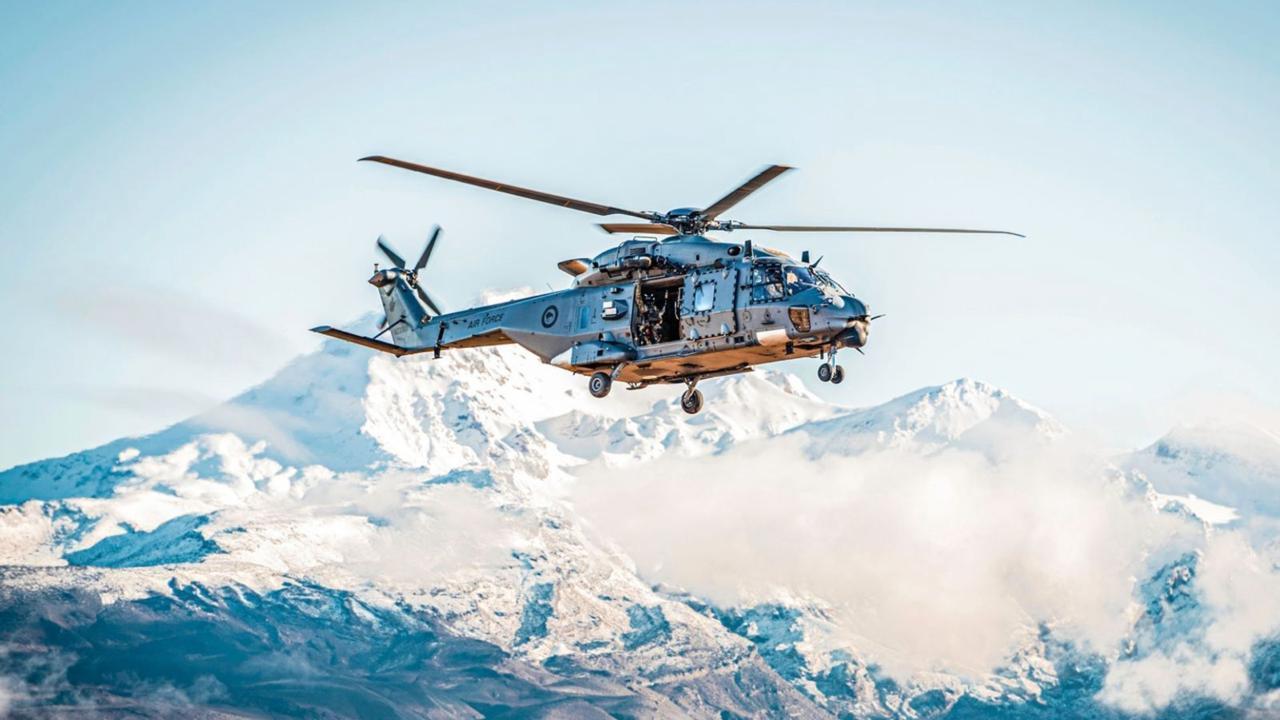
Post by : Amit
Photo : X / Alexkennedy
A New Chapter in New Zealand’s Air Power
New Zealand has taken a decisive step in strengthening its defense and transport capabilities with the confirmed acquisition of Lockheed Martin MH-60R Seahawk helicopters and Airbus A321XLR aircraft. The deal, revealed in mid-August 2025, is part of the government’s broader effort to modernize the New Zealand Defence Force (NZDF) and align its operational capacity with evolving regional security demands.
For years, defense planners in Wellington have faced criticism for operating outdated platforms and for lagging behind regional allies in terms of maritime and airlift capabilities. The new acquisitions address these gaps head-on. With the MH-60R helicopters, the Royal New Zealand Navy (RNZN) will boost its anti-submarine warfare and maritime patrol effectiveness, while the Airbus A321XLRs will provide the Royal New Zealand Air Force (RNZAF) with a long-needed upgrade in strategic transport and mobility.
The Need for Modernization
New Zealand’s defense forces have traditionally been characterized by their small size and limited reach. While the country enjoys relative geographical isolation, its responsibilities as part of the wider Indo-Pacific community — and as a partner to allies like Australia and the United States — require capabilities that go far beyond its borders.
The RNZN currently relies on the Kaman SH-2G(I) Seasprite helicopters for maritime operations. Although upgraded over the years, these platforms are considered dated and lack the advanced sensor, weapons, and mission system integration of modern helicopters. The MH-60R Seahawk, already in service with the U.S. Navy, Royal Australian Navy, and several other operators, is seen as a proven replacement.
On the air transport side, the RNZAF’s fleet of Boeing 757 aircraft, acquired in the late 1990s, has become increasingly costly to maintain and limited in range and payload. The Airbus A321XLR — the extra-long-range variant of the A320neo family — offers extended reach of up to 4,700 nautical miles, providing an ideal balance between efficiency and long-haul capability.
The Helicopter Deal: Enter the Seahawk
The MH-60R Seahawk, often referred to as the “Romeo,” is considered the world’s most advanced maritime helicopter. Designed for anti-submarine warfare (ASW), anti-surface warfare, and multi-mission operations, the helicopter is equipped with a sophisticated suite of sensors, dipping sonar, sonobuoys, radar, and advanced mission systems.
For New Zealand, the acquisition represents a major leap in capability. Defense Minister Judith Collins emphasized that the Seahawks would not only replace the aging Seasprites but also significantly improve interoperability with allied naval forces. “In today’s Indo-Pacific environment, working seamlessly with partners is critical,” she stated. “The MH-60R ensures New Zealand is ready to contribute to multinational naval task forces and respond to regional challenges, from submarine threats to humanitarian missions.”
Analysts note that the choice of the Seahawk aligns New Zealand more closely with Australia, which already operates a large fleet of MH-60Rs. This interoperability is expected to ease logistics, training, and joint operations, while also creating potential for cost-sharing in maintenance contracts and spares.
A321XLR: Bridging the Transport Gap
While the Seahawk acquisition enhances maritime strike and patrol capabilities, the Airbus A321XLR deal transforms the RNZAF’s air mobility and logistics operations.
The A321XLR is the longest-range single-aisle commercial aircraft in production, capable of connecting New Zealand to much of the Asia-Pacific region without stopovers. For the NZDF, this means the ability to rapidly deploy troops, equipment, and humanitarian supplies across vast distances.
The RNZAF’s current Boeing 757s have struggled to meet demand in recent years, with frequent breakdowns and maintenance delays. The A321XLRs will offer greater fuel efficiency, longer range, and improved passenger comfort, while also being adaptable for cargo and troop transport missions.
Airbus executives praised New Zealand’s decision, noting the flexibility of the A321XLR for both military and government applications. “This aircraft will be a game-changer for New Zealand, giving the RNZAF unmatched reach in the region while maintaining low operating costs,” said Jean-Marc Pinet, Airbus Defence & Space’s head of government aircraft sales for Asia-Pacific.
Regional Security Context
The acquisitions come amid growing tensions in the Indo-Pacific, where competition between the United States and China has reshaped defense strategies. New Zealand, often criticized for spending less on defense compared to its Five Eyes partners, is now signaling a more assertive posture.
The MH-60Rs strengthen Wellington’s ability to patrol vital sea lanes, monitor undersea activity, and contribute to anti-submarine networks that are increasingly vital as regional navies expand submarine fleets. Meanwhile, the A321XLRs enhance New Zealand’s ability to support peacekeeping operations, humanitarian relief, and long-range transport missions in a region often hit by natural disasters.
According to Dr. Robert Ayson, professor of strategic studies at Victoria University of Wellington, the purchases underscore a shift in New Zealand’s defense mindset. “For years, New Zealand’s defense posture was seen as under-resourced. These acquisitions suggest a recognition that the country cannot afford to be a bystander in regional security matters,” he said.
Economic and Industrial Impact
The deals also carry implications for New Zealand’s aerospace and defense industry. Lockheed Martin has pledged to provide local support contracts, training, and potential industrial participation for the MH-60Rs. Similarly, Airbus is expected to work with Air New Zealand Engineering & Maintenance for support on the A321XLR fleet.
Local defense contractors and maintenance providers see the deals as an opportunity to expand capabilities and strengthen ties with global primes. The Ministry of Defence has emphasized that life-cycle support and training will be carried out domestically wherever possible, providing new jobs and expertise within New Zealand.
Financing and Political Debate
While widely welcomed by defense officials, the acquisitions have sparked debate in Parliament. Critics from the Green Party argue that the government should prioritize domestic infrastructure, healthcare, and climate change initiatives over defense spending.
The government, however, has defended the purchases as investments in security, resilience, and international credibility. Defense Minister Collins highlighted the dual-use nature of both platforms, pointing out that the Seahawks can be deployed for search and rescue and disaster relief, while the A321XLRs will improve civilian evacuation and humanitarian airlift capability.
The estimated cost of the MH-60R deal is around NZ$2.5 billion, while the A321XLR acquisition is projected at NZ$1.2 billion, including training, support, and spare parts. Funding will be spread over several years under the Defence Capability Plan.
Expert and Allied Reactions
Allied responses have been largely positive. The U.S. State Department welcomed the decision, calling it a sign of New Zealand’s “renewed commitment to regional security.” Australia’s Defence Minister Richard Marles described the moves as “a natural extension of trans-Tasman defense cooperation.”
Military experts also noted that the A321XLR acquisition is unusual for a defense force of New Zealand’s size. Most small and medium-sized militaries opt for widebody transports, but the choice reflects a pragmatic balance of efficiency, cost, and range.
According to retired RNZAF Air Commodore Andrew Clark, the decision “makes perfect sense for a country that needs to fly long distances over water but doesn’t require the capacity of a C-17 or A330.”
Operational Integration
The first MH-60R Seahawks are expected to arrive in New Zealand by 2028, with full operational capability by 2030. The A321XLRs are scheduled for delivery around 2029, aligning with Airbus’s delivery timeline for government and commercial customers.
In the meantime, training for crews will begin in partnership with the U.S. Navy and Airbus training facilities in Europe and Asia. New Zealand is also preparing infrastructure upgrades at bases to accommodate the new platforms.
Defense analysts stress that the key challenge will be ensuring that support, maintenance, and crew training keep pace with acquisition, avoiding the pitfalls of past modernization efforts where new platforms outstripped the NZDF’s ability to sustain them.
A Strategic Leap Forward
New Zealand’s decision to acquire MH-60R Seahawks and Airbus A321XLRs marks one of the most significant upgrades to its defense force in decades. Beyond replacing aging aircraft, the acquisitions enhance New Zealand’s ability to operate across the Indo-Pacific, strengthen partnerships, and respond to both military and humanitarian crises.
While debates over cost will continue, the long-term strategic value of these platforms is undeniable. For a small nation balancing domestic needs with global responsibilities, the message is clear: New Zealand is stepping up its role in regional security and international cooperation.
As the Indo-Pacific becomes ever more contested, Wellington’s latest moves ensure it will not only keep pace with allies but also contribute meaningfully to shaping the region’s future.
New Zealand,MH-60R Helicopters

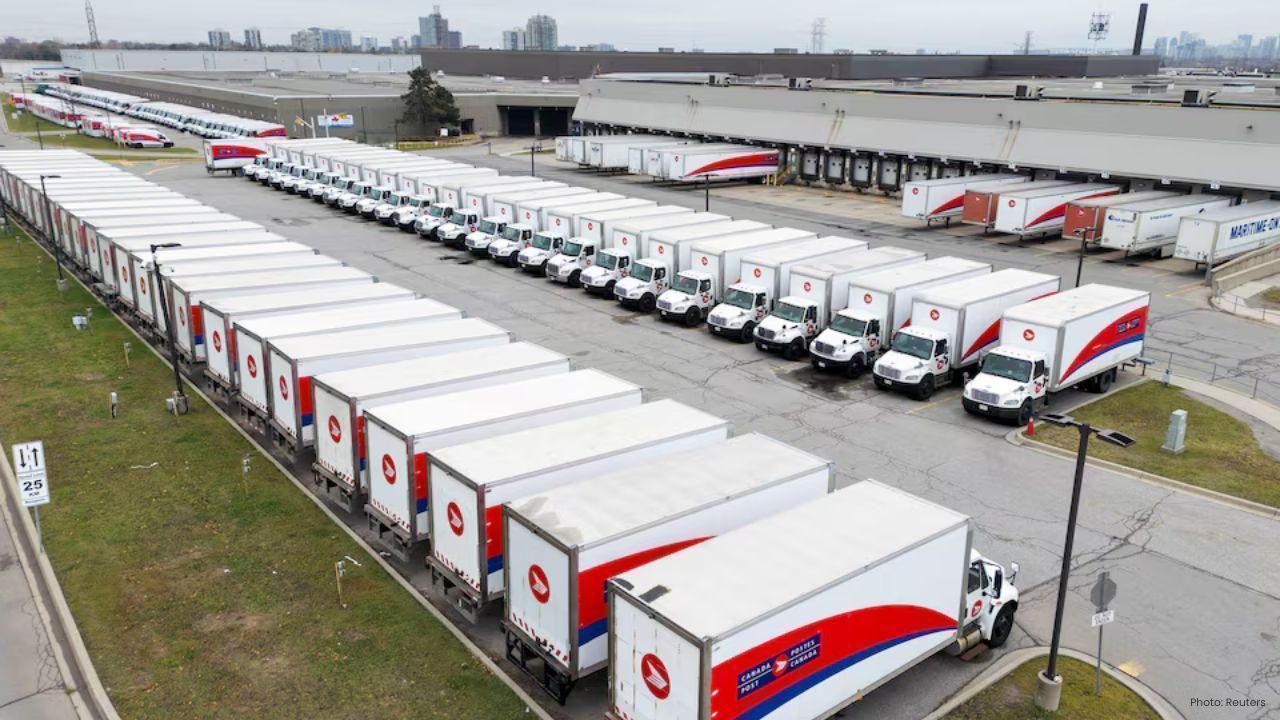
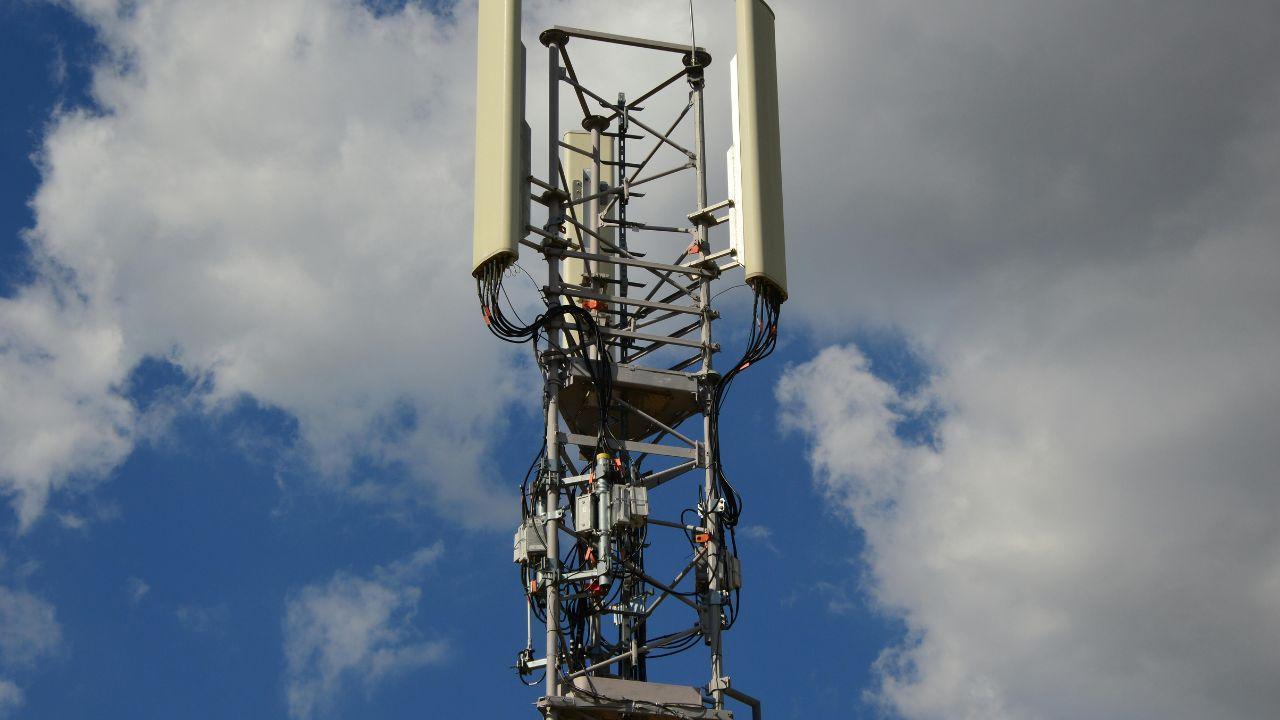



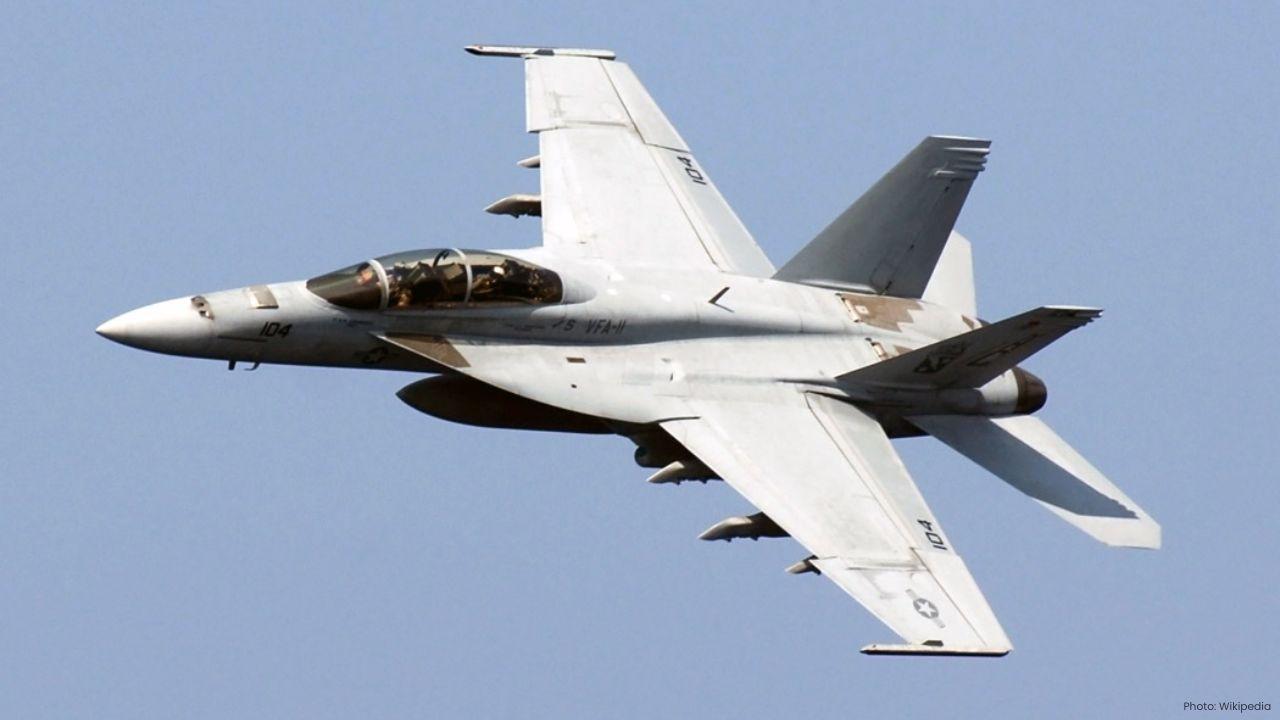
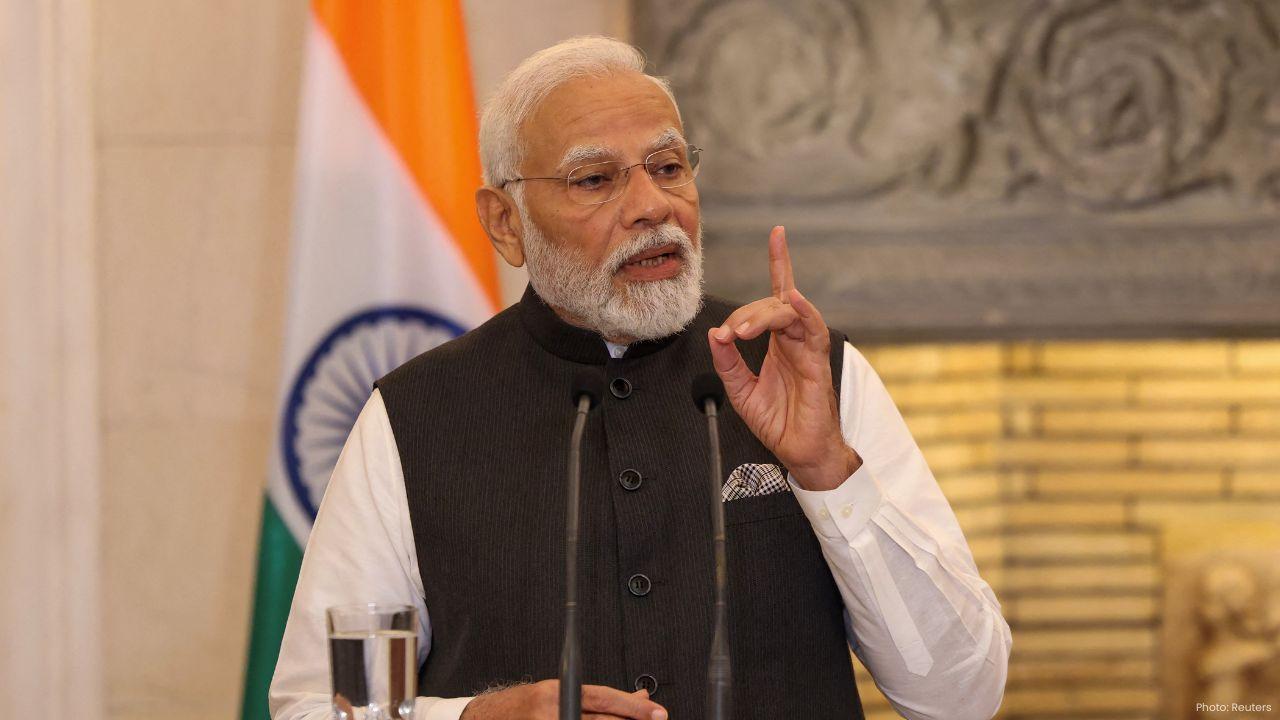
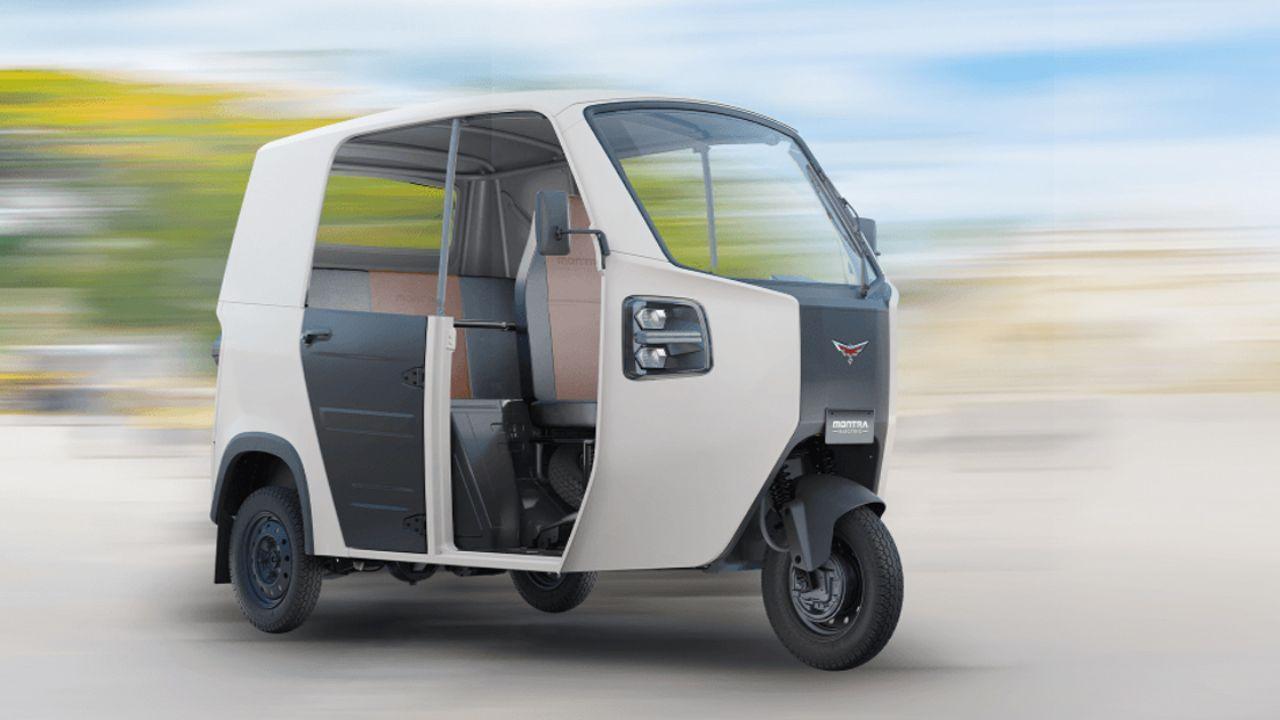

Bengaluru-Mumbai Superfast Train Approved After 30-Year Wait
Railways approves new superfast train connecting Bengaluru and Mumbai, ending a 30-year demand, easi

Canada Post Workers Strike Halts Nationwide Mail and Parcel Services
Canada Post halts operations as CUPW strike disrupts mail and parcel delivery nationwide amid disput

PM Modi Launches BSNL ‘Swadeshi’ 4G Network, 97,500 Towers Built
India enters global telecom league as PM Modi inaugurates BSNL’s indigenous 4G, connecting 26,700 vi

India’s Iconic MiG‑21 Takes Final Flight After Six Decades of Service
After 60 years India retires its MiG‑21 fighter jet, a legendary yet controversial warplane marking

Hindustan Zinc unveils AI hotspot monitoring at Debari smelter
Hindustan Zinc launches AI-powered Switchyard Hotspot Monitoring at Debari smelter to cut outages bo
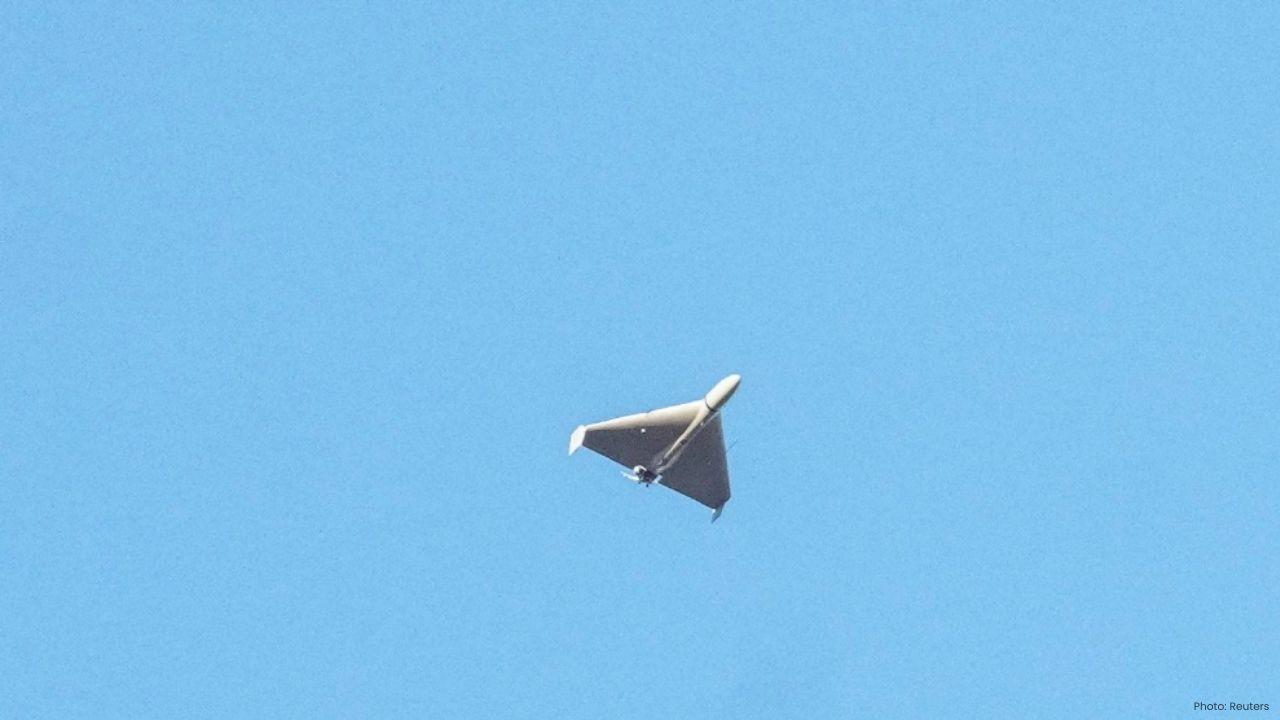
Chinese experts worked inside sanctioned Russian drone plant
Chinese drone specialists visited IEMZ Kupol supplying parts and drones via intermediaries, deepenin